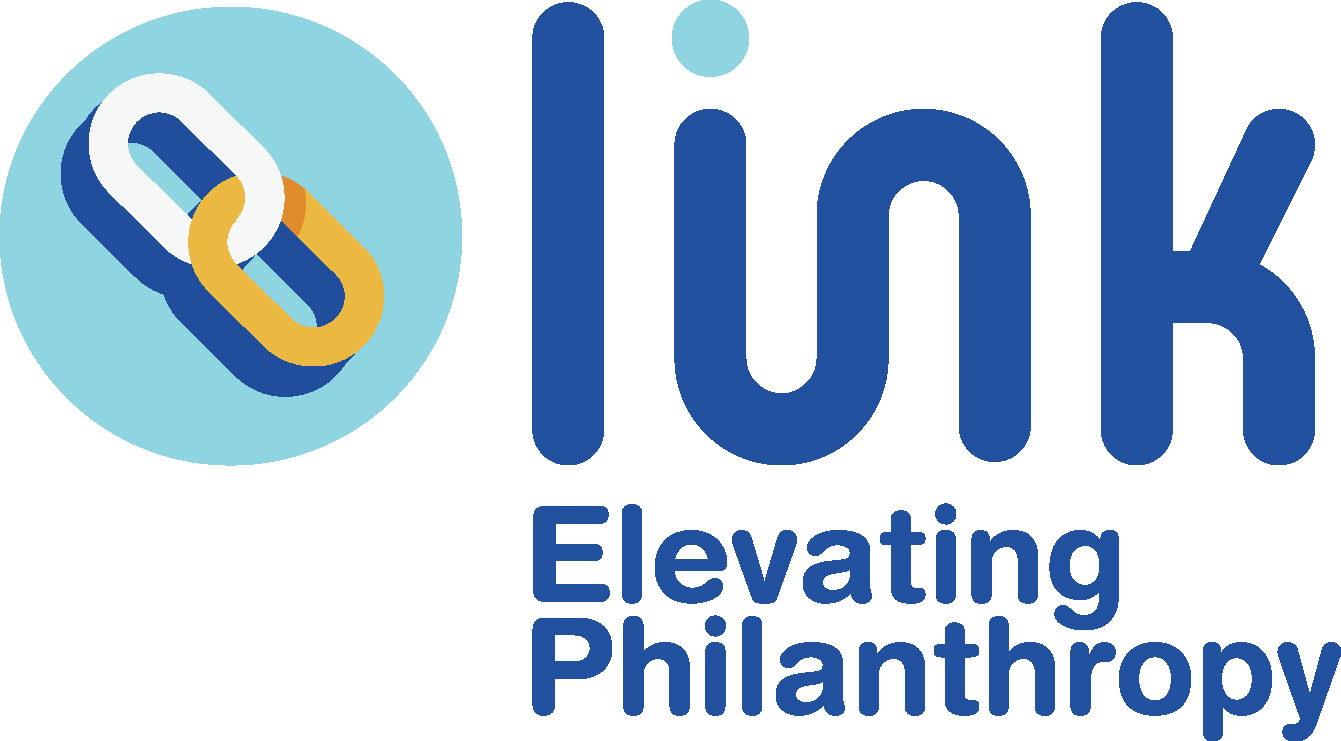3 Key Steps to Jumpstart a Legacy Giving Program
Creating a legacy giving program is rewarding for donors, organizations and professionals.
Legacy giving, otherwise known as planned giving, is a key way for donors to make impactful gifts through endowments, bequests in wills or other structured gift vehicles. Planned giving should be a vital part of the fundraising practice of every nonprofit organization– no matter the size, budget, or mission. Over the next 25 years, an estimated $68 trillion will be passed on as the Baby Boomer generation ages. Now, more than ever, it is a great time to invest in your legacy giving program. Developing a legacy program can seem daunting, but it doesn’t have to be complicated. Here are three essential steps to establishing a program of legacy giving at your nonprofit.
Understand how planned giving works. Unlike many other gifts, legacy gifts may not be immediately received by nonprofits. For gifts that are deferred, secure the future of nonprofit organizations and allow them to budget for years to come. Bequests (gifts left in a will) make up more than 90% of planned gifts. Bequests are one of the easiest ways for donors to make planned gifts, and donors can maintain control of their assets. Plus, bequests and other planned gifts can actually increase a donor’s annual gift by up to 75%. This is a great place for a budding legacy program to start. For more background information about planned giving, read this article I wrote about starting a legacy giving program.
Create a strategy and set goals to accomplish this strategy. Your strategy may include adding a legacy giving page to your website, creating new legacy giving marketing materials or adding information to existing materials, and/or bringing on a dedicated planned-giving professional. Selecting a point person will help you allocate time and responsibility in a focused way. Your strategy should also include a robust stewardship program – read this blog post about legacy giving planning.
Find prospects for your legacy giving program. Your prospects will be donors, board members, and volunteers who have already shown their dedication to your organization. Loyalty is a key factor in deciding who to approach.
Now that you’re ready to develop your legacy program, it’s time to get started! The opportunity for your organization is astronomical. If you have any questions, please feel free to reach out


